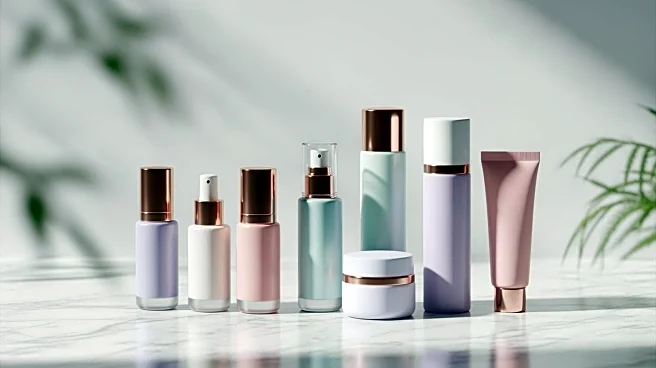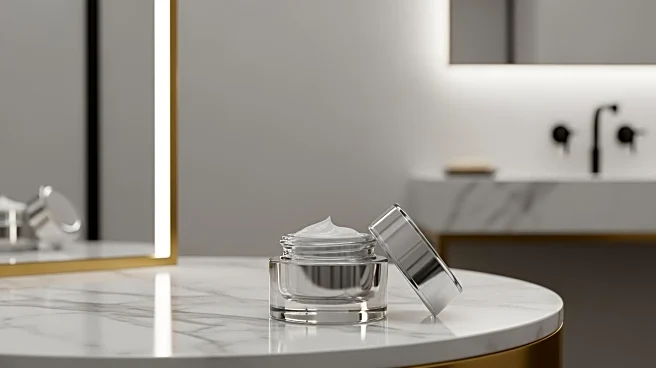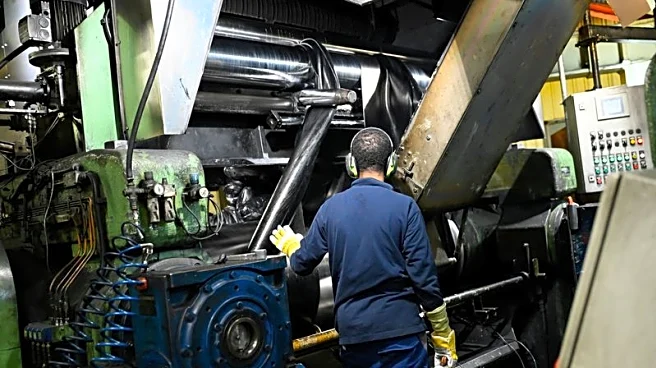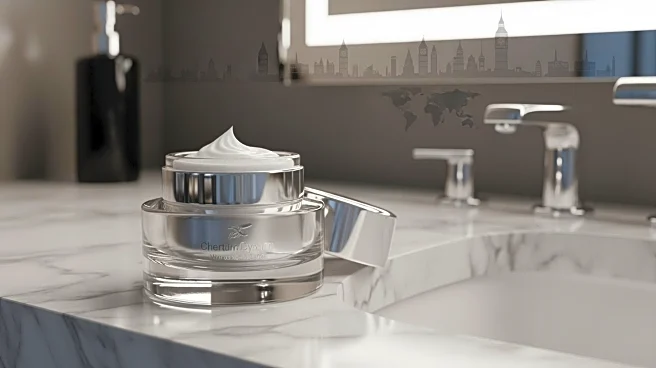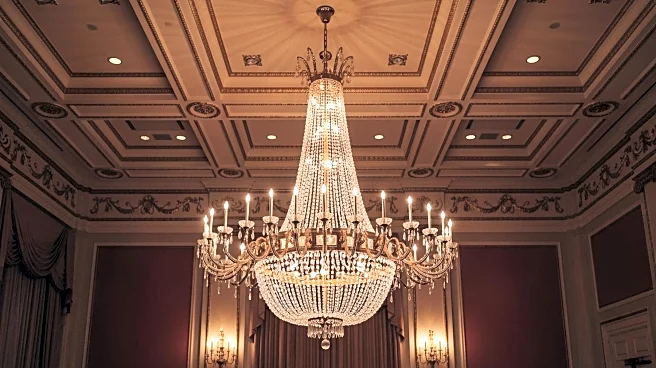What's Happening?
Luxury skincare brands are experiencing a slowdown in growth due to shifts in key markets, particularly in Asia. Brands like La Prairie, which previously saw significant growth in China, have faced challenges
due to the COVID-19 pandemic and changing consumer behaviors. The luxury skincare market is adapting by modernizing brand images and emphasizing scientific transparency. Companies are also exploring new markets in Europe and North America to offset the decline in Asia. The rise of medical aesthetic treatments is also impacting traditional skincare sales, as consumers seek immediate results.
Why It's Important?
The slowdown in luxury skincare growth highlights the volatility in global markets and the need for brands to diversify their strategies. As consumer preferences shift towards products with proven efficacy, brands must adapt by providing scientific evidence of their products' benefits. This trend could lead to increased competition and innovation in the skincare industry. The focus on new markets like North America and Europe suggests potential growth opportunities, but also underscores the challenges of maintaining exclusivity while expanding reach. The rise of medical aesthetics presents both a threat and an opportunity for traditional skincare brands.
What's Next?
Luxury skincare brands are likely to continue investing in scientific research and marketing to demonstrate product efficacy. They may also explore partnerships with medical aesthetic providers to offer complementary services. As brands expand into new markets, they will need to balance exclusivity with accessibility to attract aspirational consumers. The industry may see increased regulatory scrutiny as brands emphasize scientific claims. Additionally, the focus on sustainability and ethical sourcing could become more prominent as consumers demand transparency and accountability from luxury brands.
